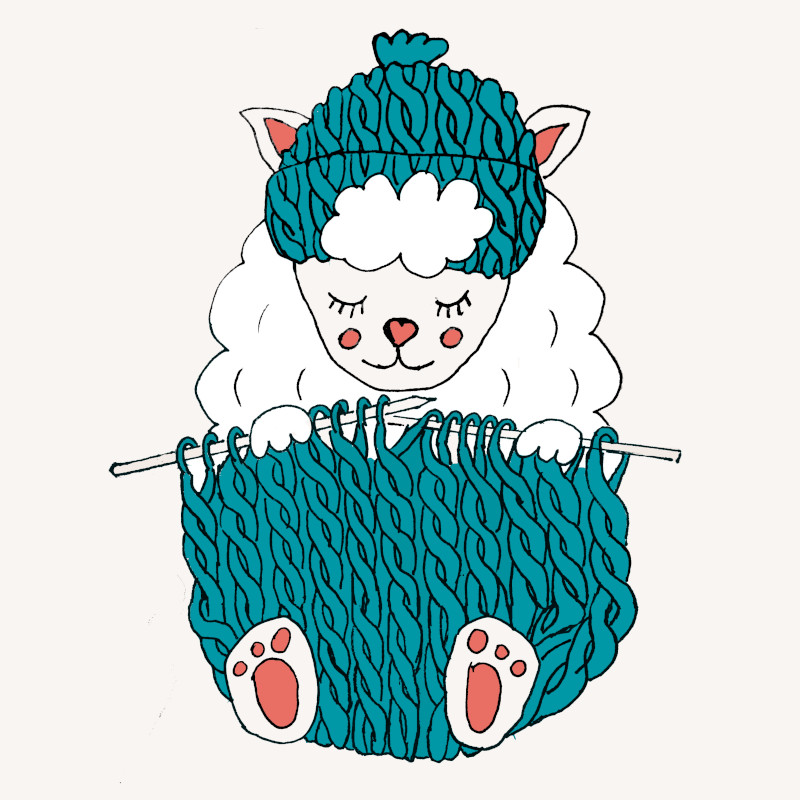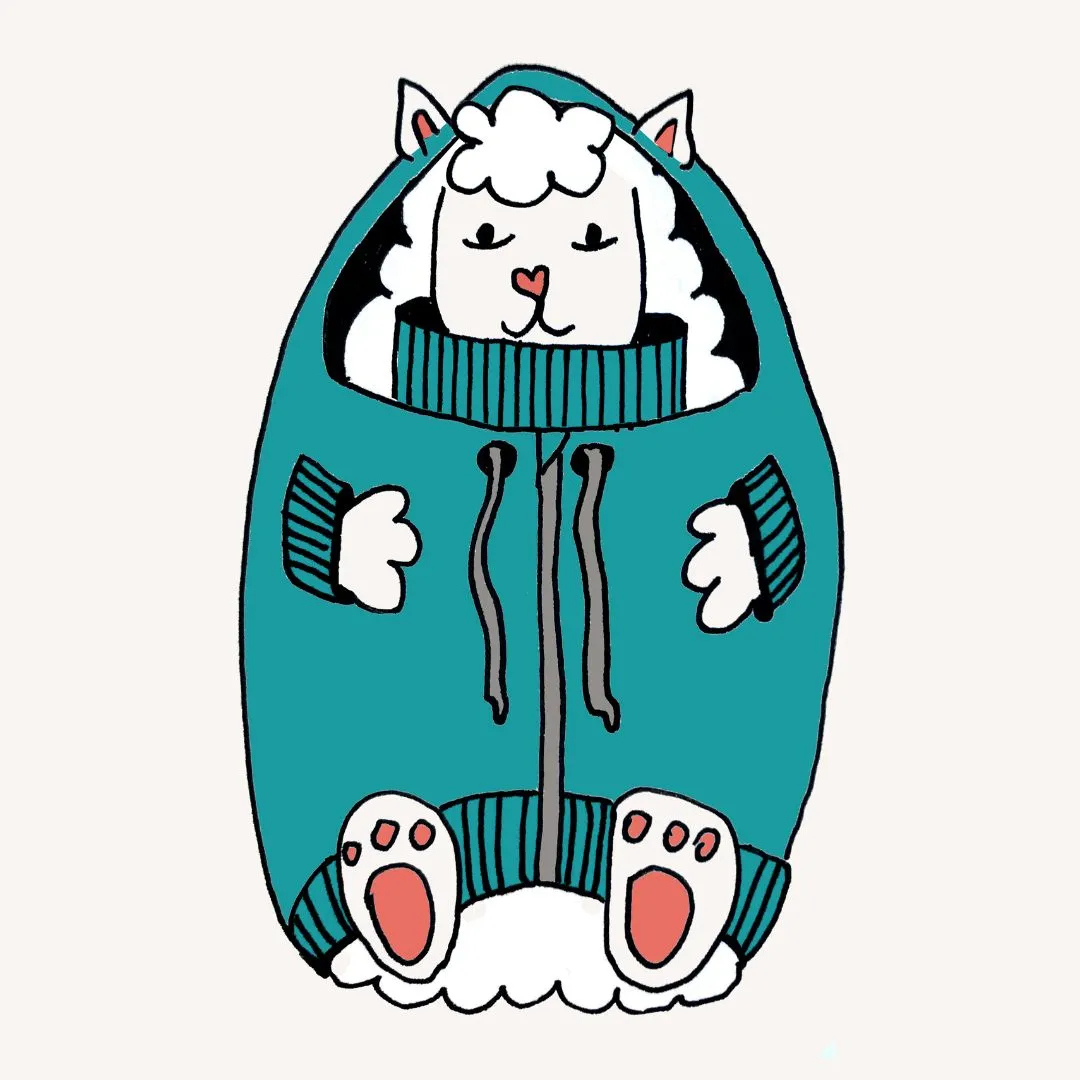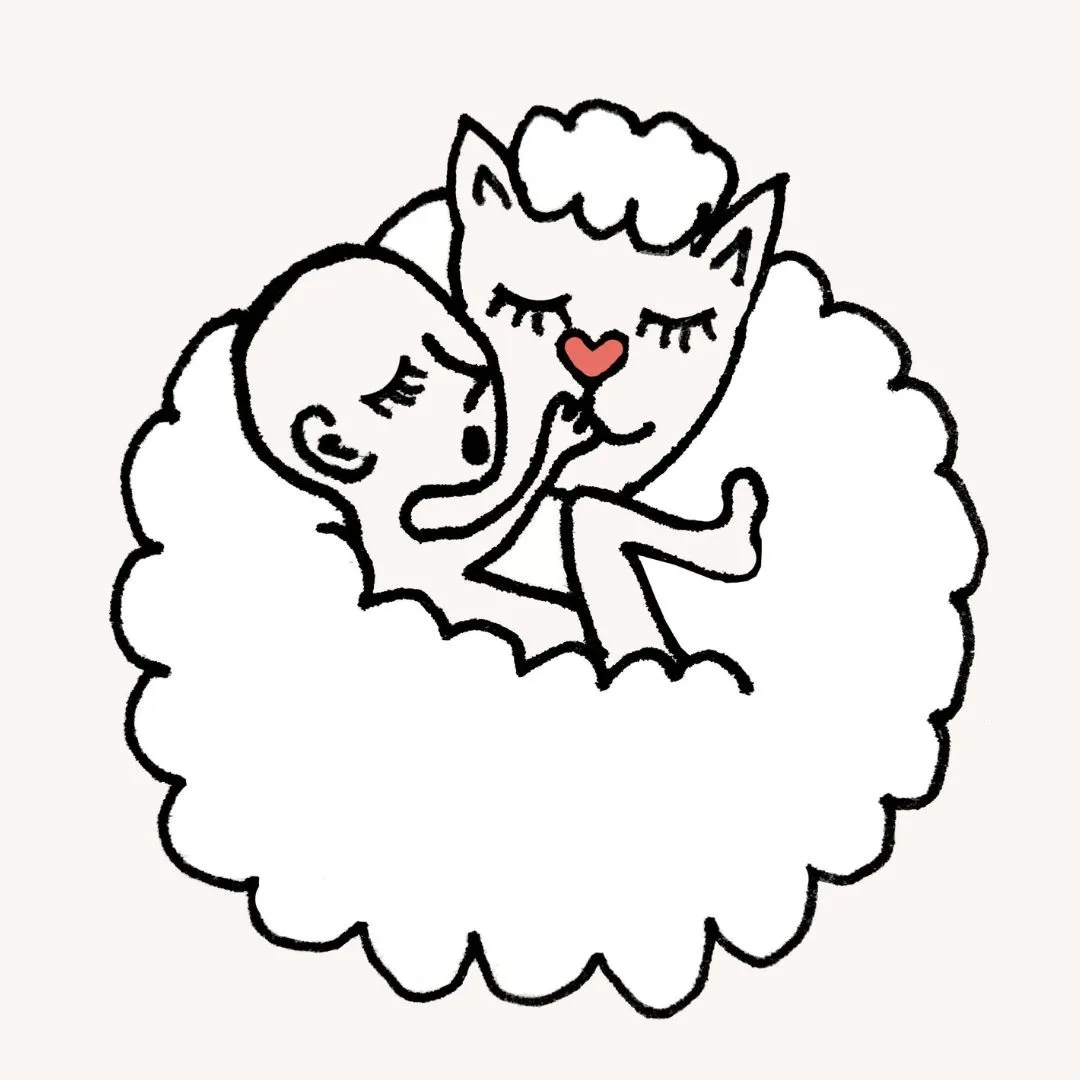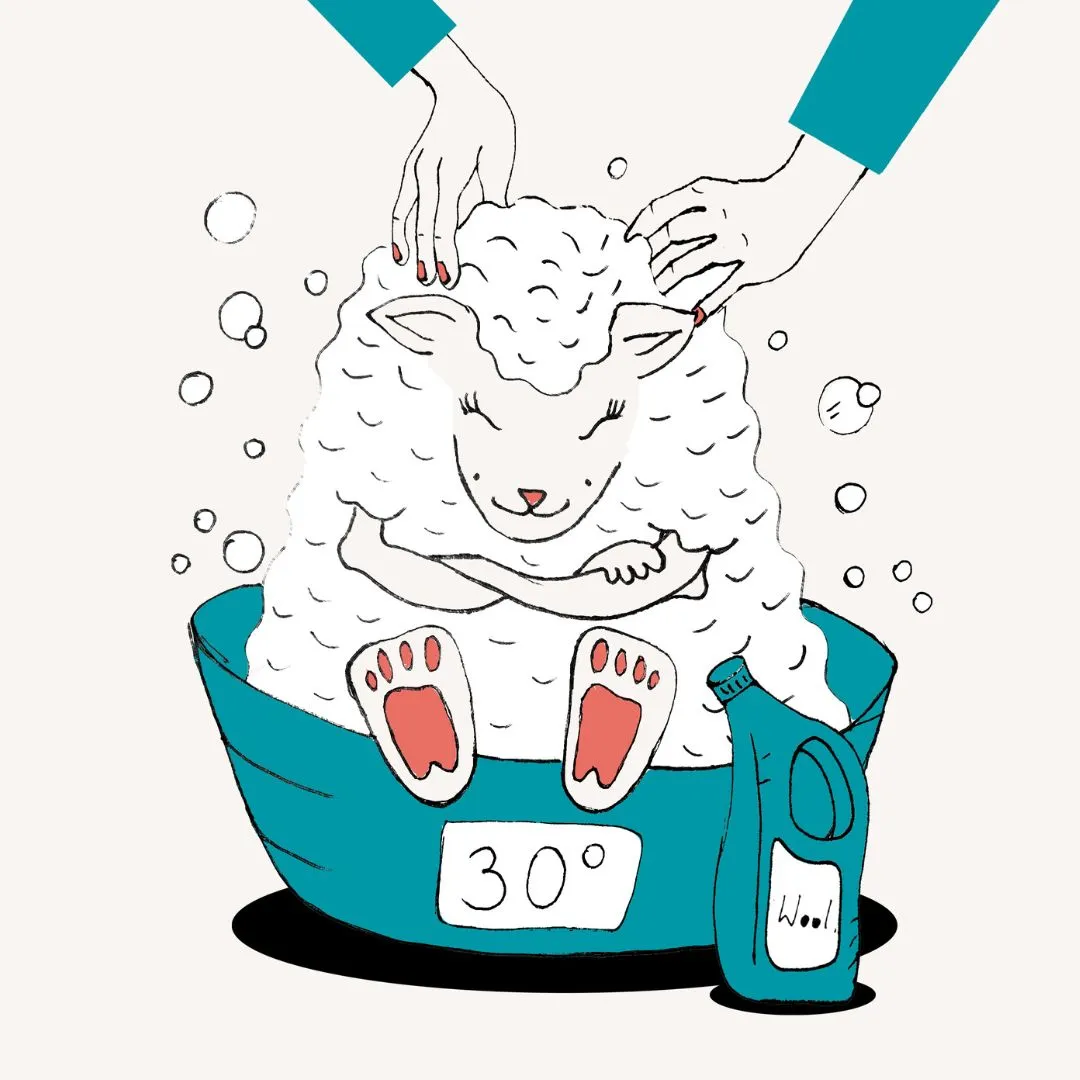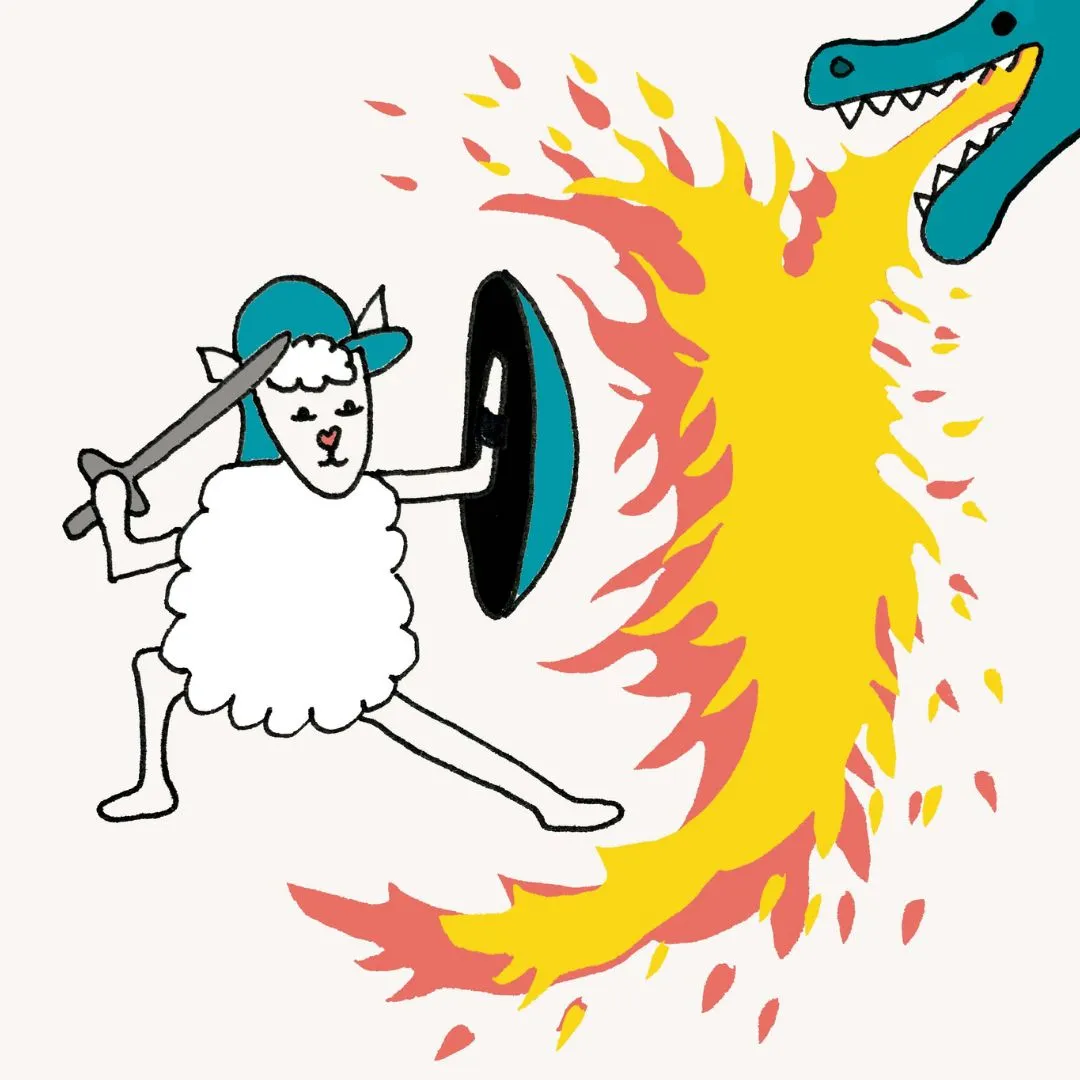Where Does Merino Wool Come From?
Merino wool comes from a breed of sheep called Merino, originating from Asia, and today most commonly bred in Australia and New Zealand. Merinos thrive best in mountainous areas where challenging weather conditions prevail. This primarily concerns significant temperature differences – in summer, thermometers often exceed 40 degrees, while in winter, the temperature can drop to even -20. Large differences also occur between night and day. Merino sheep had to somehow adapt to these variable conditions and, for this purpose, developed wool that protects them from cold while not causing overheating when the temperature rises. It is mainly due to this unique property that merino wool garments have gained fame worldwide, and the community of merino enthusiasts is constantly growing.
It is worth emphasizing that only sheep raised in good conditions produce truly high-quality wool. The wool we use in Paterns comes from sheep grazing on green pastures in New Zealand and is shorn with due delicacy. This is evidenced by RWS and Non Mulesed Wool certificates.
Discover the 8 Magical Properties of Merino Wool.
